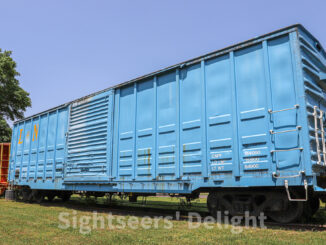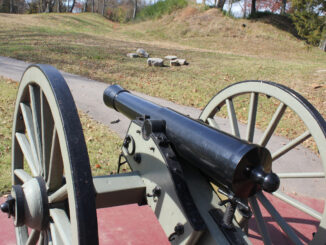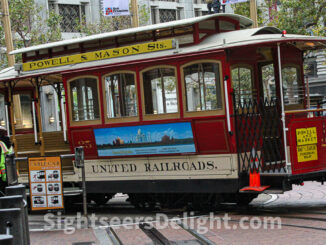NASHVILLE — Sadly, the heyday of train travel in America has passed.
No longer do we as a society look to the rails when it’s time to make travel arrangements. The skies and the highways have taken top priority for travelers, offering faster trips in a world on the run.
But the rare and fleeting opportunities to take either a train excursion or a long-distance train trip are an experience to behold. Taking time to sit and watch the scenery breeze by the train’s window is an experience in and of itself.
I would take a train journey every week if time would permit me to do so. Instead, I settle for the half dozen chances I have every year.
On Valentine’s Day, I hopped aboard the Tennessee Central Railway Museum’s Murder Mystery Excursion, one of many jaunts the museum offers to various destinations east of Nashville This particular trip terminated in Watertown, a rural hamlet in Wilson County.
The museum calls the now-defunct Tennessee Central Railway’s master mechanic’s office on Willow Street home.
Trains depart from a railyard near the office and operate over tracks owned by the Nashville and Eastern Railroad, a short line railroad that by next year is also expected to serve commuter trains between Lebanon and Nashville.
At its prime, the Tennessee Central Railway operated trains between Harriman and Hopkinsville, Ky, a roughly 248-mile stretch of track. Like other railroads in the latter half of the 19th century, the Tennessee Central grew after combining a handful of smaller lines, many of which bore the name ‘Tennessee Central.”
All would later come under the control of former Memphis & Charleston Railroad president Jere Baxter. He organized the Tennessee Central Railroad on Aug. 23, 1893.
In 1905, the railroad leased its western section to Southern Railway and its eastern section to Illinois Central, which finished laying tracks to Clarksville and later Hopkinsville.
However, by June 30, 1908, both Southern and Illinois Central ended their leases.
The Tennessee Central Railway was later reorganized and operated trains until it ceased operations on Aug. 31, 1968. At that time, a court-appointed trustee divided the railroad and sold its property to three competing railroads: Illinois Central, Louisville and Nashville Railroad and Southern Railway.
Today, the museum’s rolling stock offers rail aficionados a chance to take a step back in time and marvel at equipment no longer seen on the rails. For its excursions, the museum-employs E8 diesel engines as the preferred method of power.
On this particular outing, Engine No. 6902 led the trip from Nashville to Watertown. The locomotive, according to the museum’s Web site, was “delivered” to the New York Central System in 1953. The engine was previously No. 4084 and no longer boasts a New York Central paint scheme, instead painted maroon and silver and bearing Tennessee Central Railway Museum markings.
Engine No. 4080, also “delivered” to the New York Central in 1953, pulled the train from Water-town to Nashville The locomotive shares a similar history as its counterpart, but boasts a New York Central gray paint scheme.
Behind the engines follow a string of silver passenger coaches, all of which served assorted railroads for decades before their retirement from daily service. Towards the end of their active-duty careers, Amtrak used the coaches after the government relieved private railroads of their passenger train obligations in the early 1970s.
Back on Willow Street, the museum is home to dozens of more pieces of rolling stock, including boxcars, cabooses including one built in 1974 for Seaboard Coast Line and today donning an Operation Lifesaver Paint Scheme and more engines, some of which still bear Amtrak markings.
The Tennessee Central Railway Museum offers one of the best excursion opportunities in the region. The trips are long which for a rail-fan is key, the equipment is clean and well-maintained, and the scenery is enjoyable.
And for anyone unable to make an excursion, the museum and its gift shop are open from 9 am to 3 p.m. on Tuesdays, Thursdays and Saturdays.





